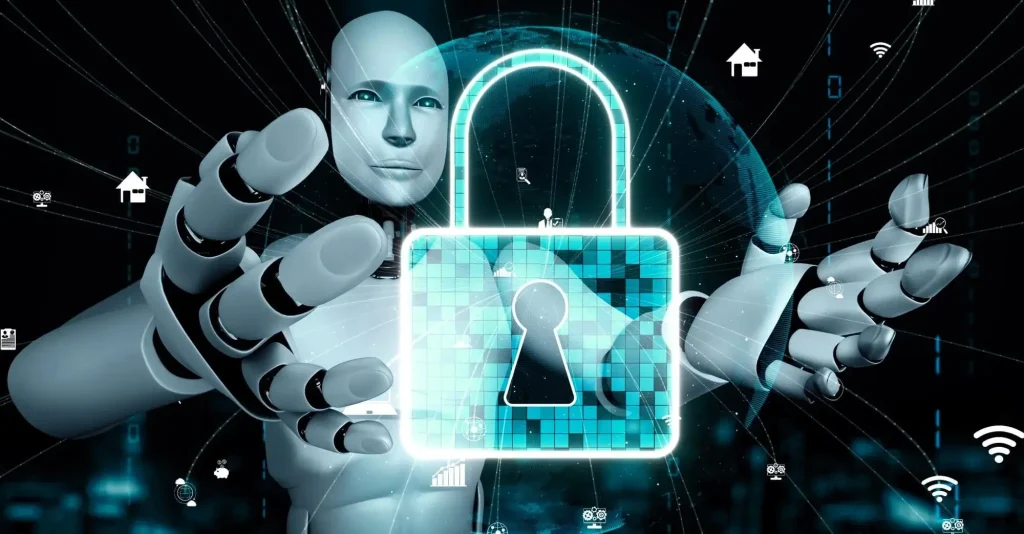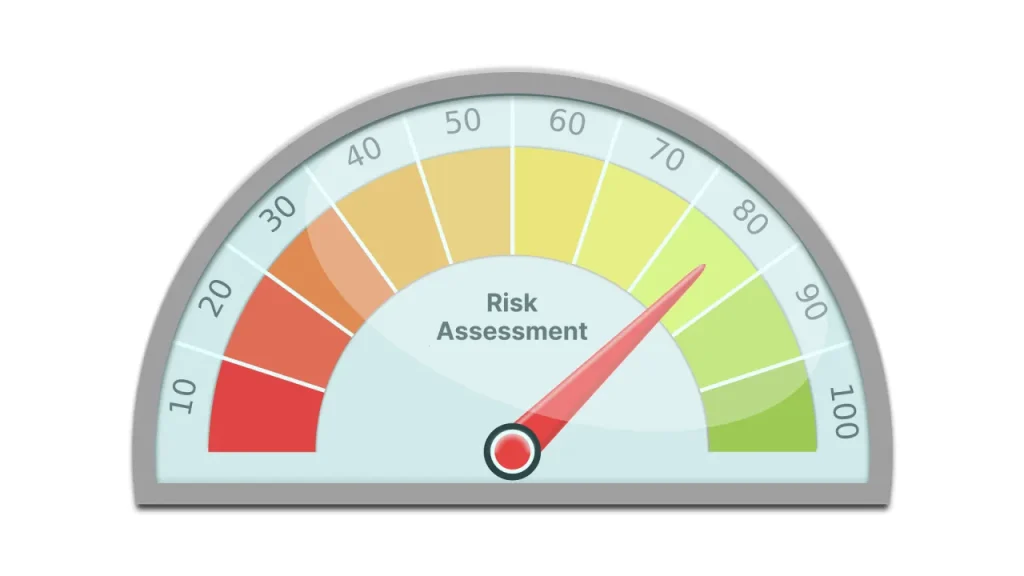In 2025, the fight against cyber threats demands more than just strong passwords and firewalls. AI-based cybersecurity tips are now essential for staying ahead of increasingly sophisticated attacks. By leveraging artificial intelligence, individuals and organizations can detect threats faster, respond smarter, and protect their data more effectively than ever before.
1. Use AI-Powered Antivirus and Threat Detection
Traditional antivirus software depends on a database of known threats. It only works if the virus or malware has already been discovered and logged. This approach struggles to keep up with modern threats like zero-day attacks or sophisticated ransomware.
AI-powered threat detection solves this by learning how normal system behavior looks. It monitors real-time activity—such as file access, app behavior, and network traffic—and quickly flags anything unusual. If a file suddenly starts encrypting large amounts of data, for example, the AI can immediately identify it as suspicious, even if it’s never been seen before.

2. Enable Smart Email Filtering
Phishing emails are one of the most common ways hackers trick users into revealing sensitive information or clicking harmful links. These messages often look legitimate and can easily bypass basic spam filters.
AI-based email filtering takes email security a step further. It uses machine learning to study past email behavior, language patterns, sender reputation, and link structures. If an email contains odd grammar, mismatched domains, or attachments not typical for the sender, the filter will flag it or move it to quarantine.

3. Use AI-Based User Behavior Analytics (UBA)
Not all cyber threats come from outside your system—some happen from within. Whether it’s a compromised account or an insider threat, abnormal user behavior can signal a serious risk.
User Behavior Analytics (UBA) uses AI to learn how each user normally interacts with your systems—when they log in, what files they access, and how they use applications. If that behavior suddenly changes, like a user downloading large files at 3 a.m. or logging in from an unusual location, the system triggers an alert.
4. Apply AI for Passwordless Authentication
Passwords are one of the weakest links in cybersecurity. They can be guessed, stolen, reused, or leaked. Passwordless authentication offers a more secure and user-friendly solution—and AI makes it possible.
AI-driven systems can now verify users through biometric data (like facial recognition or fingerprints) and behavioral biometrics, such as typing speed, mouse movements, or how you hold your phone. These traits are nearly impossible for attackers to replicate.

5. Use AI for Continuous Risk Assessment
Waiting for scheduled security audits is no longer enough in a fast-moving cyber landscape. New threats can emerge daily—and some can go unnoticed for months without active monitoring.
AI-powered risk assessment tools can scan your entire digital environment in real time. They detect outdated software, exposed ports, misconfigured settings, and potential vulnerabilities as they appear. These tools also assign risk scores, helping you prioritize what to fix first.

6. Automate Security Responses
Detection is only half the battle—fast response is what stops an attack from spreading. That’s where AI shines.
AI can automatically respond to threats the moment they’re detected. For example, if ransomware is spotted encrypting files, the system can immediately isolate the infected device, cut off its network access, and start a recovery protocol—without waiting for human intervention.
This type of automation is possible through SOAR (Security Orchestration, Automation, and Response) tools that integrate with your existing cybersecurity systems.
7. Educate Your Team Using AI Simulations
Even with the best tools, human error remains one of the biggest cybersecurity risks. The best defense? Hands-on training—powered by AI.
AI-based simulations can mimic real cyber threats like phishing emails, fake login pages, or malware attacks. These simulations test how employees respond and provide feedback in real time. Over time, they help teams recognize and avoid potential threats before they cause damage.
Many platforms also personalize training based on an individual’s performance, making the learning experience more effective.
8. Conclusion
AI-based cybersecurity tips for 2025 aren’t just forward-thinking—they’re necessary in today’s threat landscape. With cyberattacks growing more advanced and unpredictable, relying on outdated tools or manual monitoring simply isn’t enough.
From AI-powered threat detection and smart email filters to automated responses and personalized employee training, artificial intelligence gives you a powerful edge. It helps you act faster, predict better, and protect smarter.
